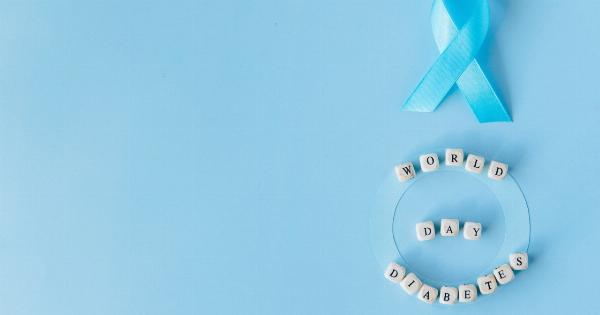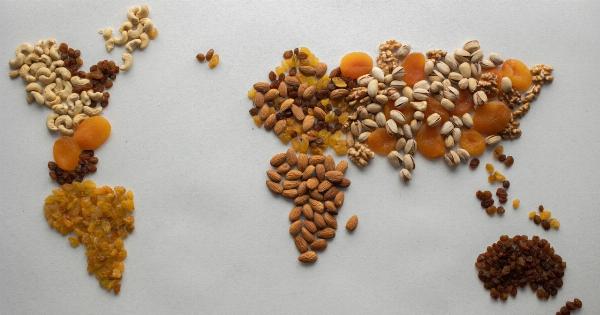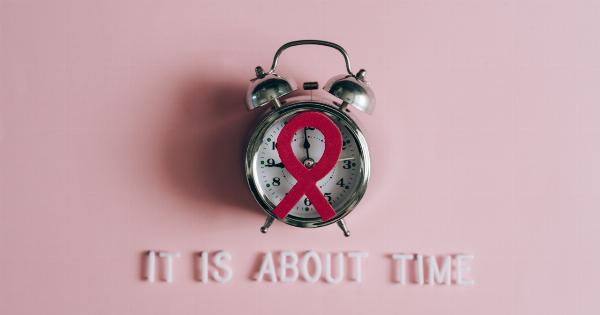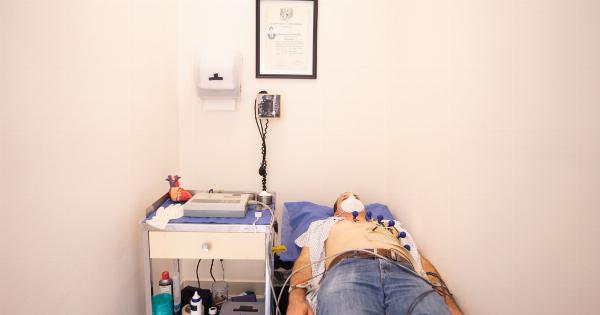Communities play a crucial role in addressing various social issues, and World AIDS Day is a prime example of their significance.
This annual event, held on December 1st, aims to raise awareness about HIV/AIDS, show support for those living with the disease, and remember those who have lost their lives to it. Communities around the world come together on this day to educate, advocate, and take action towards ending the AIDS epidemic.
The theme for World AIDS Day 2019 is “Communities Make the Difference,” highlighting the immense impact communities have in responding to HIV/AIDS.
The Importance of World AIDS Day
World AIDS Day is an essential moment to reflect on the global state of HIV/AIDS and to renew commitments towards ending the epidemic.
It provides an opportunity to celebrate the progress made in prevention, treatment, and care, and to acknowledge the challenges that still lie ahead. By raising awareness, World AIDS Day helps combat stigma, encourages testing, promotes access to treatment and support services, and encourages individuals to lead healthier lives.
Community-led Initiatives
Community-led initiatives are at the forefront of the fight against HIV/AIDS. These initiatives are driven by individuals and organizations that are rooted in the communities they serve.
They understand the unique challenges and cultural contexts faced by those living with HIV/AIDS. Community-led programs provide a range of services, including HIV testing and counseling, peer support, access to treatment and care, advocacy for policy change, and addressing HIV-related stigma and discrimination.
Empowering Communities
Empowering communities is a key strategy to combat HIV/AIDS. By giving communities the necessary knowledge, skills, resources, and support, they can become an active force in the response to HIV/AIDS.
Community empowerment involves creating an environment where individuals and groups can participate in decision-making processes, ensuring that their voices are heard, and their needs are met. When communities are empowered, they can effectively advocate for their rights, shape policies, and contribute to sustainable change.
Community Action and Advocacy
Communities have played a crucial role in shaping the global response to HIV/AIDS. They have been instrumental in advocating for policies and programs that prioritize prevention, treatment, care, and support.
Community-led organizations and networks have pushed for increased investments in research, access to affordable medication, and the removal of legal and social barriers that hinder the HIV response. Through community mobilization, grassroots activism, and sustained advocacy efforts, communities have contributed significantly to the progress made in combating HIV/AIDS.
Leveraging Technology
Technology has revolutionized the way communities engage in the HIV/AIDS response. The digital era has brought innovative tools and platforms that facilitate communication, information sharing, and access to services.
Online communities provide support, reduce isolation, and connect individuals with resources and opportunities. Mobile health applications enable people to access HIV testing, tracking, and medication adherence support. Social media platforms help raise awareness and educate the public about HIV prevention and treatment.
Technology has become a powerful ally in empowering communities and promoting the global HIV/AIDS response.
The Role of Education
Education plays a critical role in preventing HIV transmission and addressing the stigma and discrimination associated with the disease.
Comprehensive sex education, grounded in evidence-based approaches, equips individuals with accurate information about HIV/AIDS, promotes healthy behaviors, and teaches skills for making informed decisions. Education also addresses myths and misconceptions surrounding HIV/AIDS, reduces fear and discrimination, and encourages testing and treatment uptake.
By empowering individuals with knowledge, education fosters healthier attitudes and behaviors within communities.
Supporting Key Populations
Key populations, including men who have sex with men, transgender people, people who inject drugs, sex workers, and prisoners, are disproportionately affected by HIV/AIDS.
These populations often face increased vulnerability, discrimination, and limited access to prevention, treatment, and care services. Community-based organizations play a crucial role in providing targeted support to these groups, ensuring their unique needs are addressed.
By focusing on key populations, communities can effectively reach those most in need and work towards reducing HIV transmission and improving overall health outcomes.
The Role of Governments and International Organizations
The efforts of communities in responding to HIV/AIDS cannot be realized without the support of governments and international organizations.
Governments play a vital role in creating an enabling policy environment, allocating financial resources, and implementing evidence-based interventions. International organizations, such as the United Nations and its agencies, provide technical support, facilitate knowledge sharing, and coordinate efforts at the global level.
Collaboration between communities, governments, and international organizations is essential for a comprehensive and effective response to HIV/AIDS.
Continuing the Fight
While significant progress has been made in the global response to HIV/AIDS, the fight is far from over. Communities continue to face challenges such as inadequate funding, stigma, discrimination, and legal barriers.
There is an urgent need to strengthen community-led initiatives, increase investments in prevention and treatment, scale up access to essential services, and promote human rights for all individuals affected by HIV/AIDS. It is crucial to harness the collective power of communities, governments, and international organizations to accelerate progress towards ending the AIDS epidemic.
Celebrating World AIDS Day 2019
On World AIDS Day 2019, let us come together to celebrate the achievements of communities in responding to HIV/AIDS.
It is a day to honor those who have dedicated their lives to the cause, recognize the resilience of people living with HIV/AIDS, and support the ongoing efforts to end the epidemic. By raising awareness, promoting education, combating stigma, and empowering communities, we can make a difference in the lives of millions of people affected by HIV/AIDS.






















